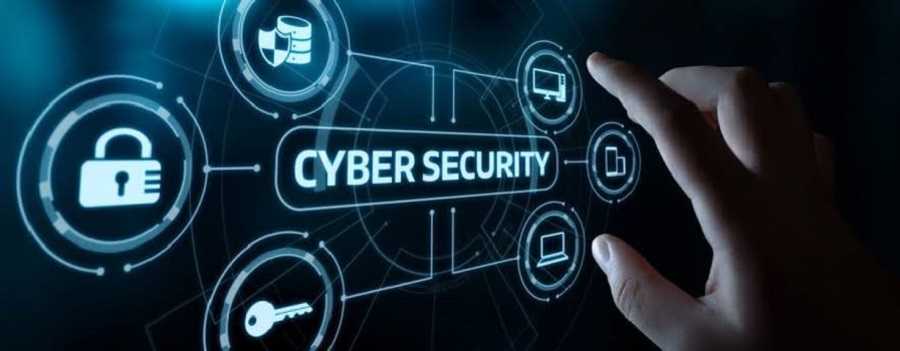In today’s interconnected world, where our lives are increasingly reliant on digital technology, cybersecurity has become a critical concern. From personal information to sensitive business data, our digital assets are vulnerable to various cyber threats. Understanding the basics of cybersecurity is essential for protecting ourselves and our digital world. In this article, we will explore key aspects of cybersecurity and provide insights into how you can safeguard your online presence, or you can try playing games from spinningvegas.
Cyber Threat Landscape
The first step in understanding cybersecurity is recognizing the diverse range of cyber threats that exist. Common threats include malware, phishing attacks, ransomware, identity theft, and data breaches. Malware refers to malicious software designed to harm or gain unauthorized access to a computer system. Phishing attacks involve tricking individuals into revealing sensitive information through deceptive emails or websites. Ransomware encrypts files and demands a ransom for their release. Being aware of these threats is crucial to recognizing potential risks and taking appropriate precautions, and top Australian casinos ensures maximum security for its customers.
Strong Passwords and Authentication
Creating strong, unique passwords and utilizing multifactor authentication (MFA) is a fundamental aspect of cybersecurity. A strong password should be long, and include a mix of uppercase and lowercase letters, numbers, and special characters. Avoid using common words or easily guessable information, such as your name or birthdate. MFA adds an extra layer of security by requiring additional verification, such as a fingerprint scan or a unique code sent to your phone, in addition to your password. By implementing these practices, you can significantly enhance the security of your online accounts.
Software Updates and Patches
Keeping your software, operating systems, and applications up to date is essential for maintaining cybersecurity. Software updates often include security patches that address known vulnerabilities. Cybercriminals frequently exploit these vulnerabilities to gain unauthorized access to systems. Enabling automatic updates or regularly checking for updates and applying them promptly ensures that you have the latest security fixes and protections in place.
Internet and Email Safety
Practising safe browsing habits and being cautious with email attachments and links can help prevent falling victim to cyber threats. Avoid visiting suspicious websites or clicking on unfamiliar links that could lead to malware infections. Be wary of unsolicited emails or messages that ask for personal information or contain unexpected attachments. Always verify the legitimacy of emails, especially those requesting sensitive data or financial transactions. Exercise caution when sharing personal information online and use encrypted connections (HTTPS) when accessing sensitive websites.
Education and Awareness
Staying informed about the evolving cybersecurity landscape is crucial. Regularly educate yourself about the latest cyber threats, scams, and best practices for protection. Many organizations offer cybersecurity resources, online courses, and certifications that can enhance your knowledge. By staying informed and practising good cybersecurity hygiene, you can proactively safeguard yourself and your digital assets.
Conclusion
Cybersecurity is a vital aspect of our digital lives, requiring our attention and proactive measures. By understanding the cyber threat landscape, implementing strong passwords and authentication methods, keeping software up to date, practising safe browsing habits, and staying informed, you can significantly reduce the risk of falling victim to cyber-attacks. Remember, cybersecurity is an ongoing process, and it requires continuous vigilance and adaptation to stay one step ahead of cybercriminals. By prioritizing cybersecurity, you can protect your digital world and navigate the online landscape with confidence.





